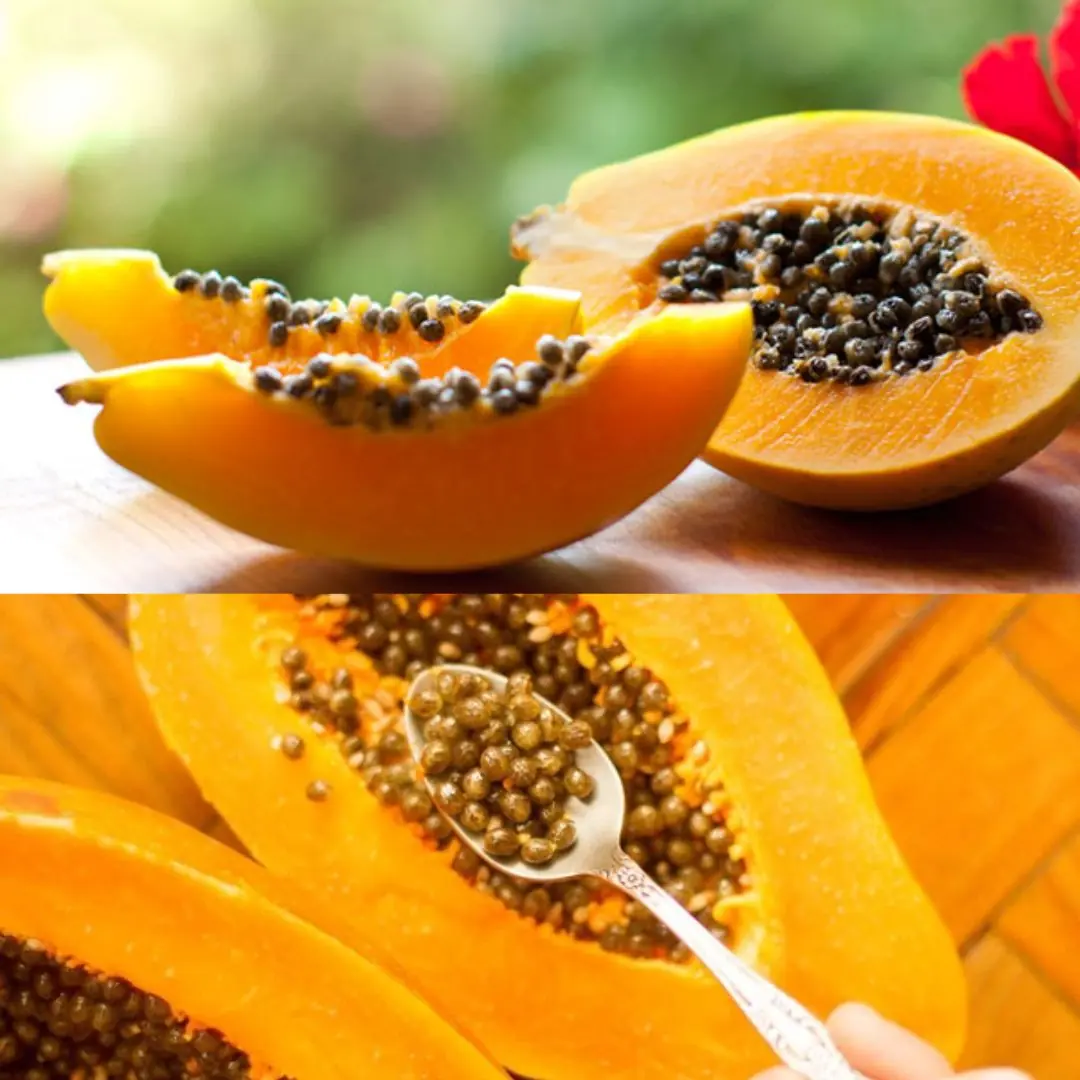
The Wonderful Hazel Tree (Corylus avellana): Nutrition, Healing, and Traditional Uses of Every Part
The Common Hazel (Corylus avellana) is one of Europe’s most valuable wild trees — and not just because it gives us the delicious hazelnuts we love to eat. Every part of this plant — from its leaves and bark to its catkins and nuts — carries centuries of traditional use for health, nutrition, and home remedies.
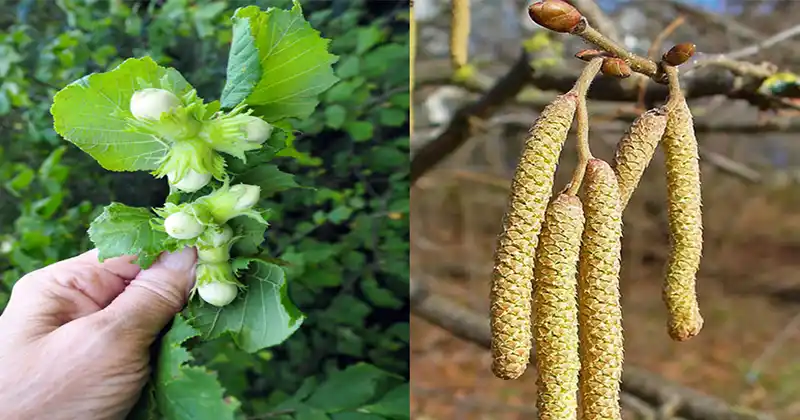
Often found at the edge of forests or in hedgerows, hazel has been both a source of food and natural medicine, symbolizing vitality, fertility, and protection since ancient times. Let’s explore the remarkable benefits of this humble tree that many people overlook.
🌿 How the Hazel Tree Grows
Hazel is technically a large shrub rather than a tall tree, usually reaching 3–6 meters in height. It forms multiple stems growing from a single root, creating a dense, bushy appearance.
- In winter, the tree rests but already carries the closed male flowers (catkins).
- In early spring, the catkins open and release yellow pollen, while small, red-tipped female flowers appear on the branches — these later develop into hazelnuts.
- In summer, the green leaves and fruits mature.
- By autumn, the nuts ripen and fall, providing food for both people and wildlife.
This seasonal rhythm has made the hazel tree a symbol of renewal and abundance for centuries.
🌰 1. Hazelnuts – Nutrient-Dense Superfood
Hazelnuts are the best-known gift of the hazel tree, and they’re packed with nutrients that promote health and longevity.
Main benefits:
- Heart health: Rich in monounsaturated fats and vitamin E, hazelnuts lower bad cholesterol and protect arteries.
- Antioxidant power: Their vitamin E and polyphenols help fight oxidative stress and inflammation.
- Brain support: Contain magnesium, B vitamins, and healthy fats essential for brain function.
- Bone strength: Provide calcium, magnesium, and manganese for strong bones.
- Digestive balance: The natural fiber supports gut health and regularity.
👉 Homemade use: Eat them raw, roasted, or ground into hazelnut butter. You can also press them for hazelnut oil, perfect for salads or skin care.
🌿 2. Hazel Leaves – A Natural Tonic for Circulation
Hazel leaves are rich in tannins and flavonoids, giving them strong astringent and anti-inflammatory properties.
Traditional benefits:
- Improves blood circulation and strengthens veins.
- Helps relieve varicose veins and hemorrhoids.
- Reduces skin inflammation, swelling, and bruising when used externally.
- Supports liver and lymphatic detoxification in small doses.
👉 Homemade use: Dry young leaves, then steep 1 teaspoon in boiling water for 10 minutes. Drink once or twice daily, or use the cooled tea as a compress for tired legs or swollen areas.
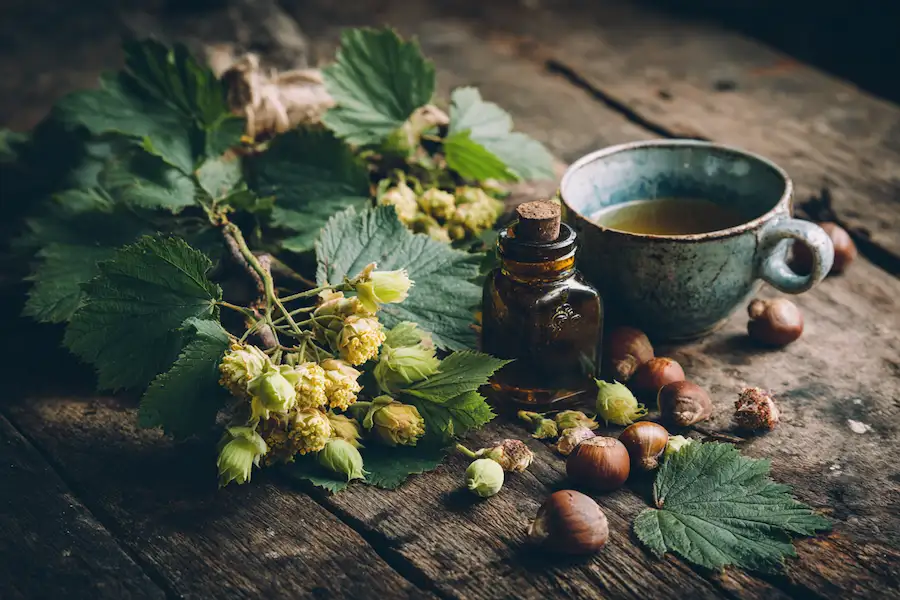
🌳 3. Hazel Bark – A Gentle Astringent
The bark contains compounds similar to those in witch hazel, making it a natural cleanser and tonic.
Benefits:
- Acts as a mild astringent for skin care.
- Can be used as a gargle or rinse for sore throats or mouth irritation.
- Traditionally included in decoctions to reduce diarrhea and inflammation.
👉 Homemade use: A bark decoction (1 teaspoon per cup of water, boiled 10–15 minutes) can be used externally for skin or as a mouth rinse.
🌾 4. Hazel Catkins – The Forgotten Spring Remedy
The male flowers, called catkins, appear in late winter as long golden tassels. They are filled with pollen, minerals, and antioxidants.
Benefits:
- Natural diuretic: Helps the kidneys eliminate excess water and toxins.
- Respiratory aid: Used in teas to calm coughs and ease breathing.
- Energy booster: Pollen provides proteins and B vitamins that restore vitality.
- Circulatory support: Promotes healthy blood flow and oxygenation.
👉 Homemade use: Collect catkins when they open, dry them in the shade, and steep 1–2 teaspoons in hot water for 10 minutes. Drink for 7–10 days in early spring to cleanse and energize the body.
💧 5. Hazel Oil – Beauty from the Tree
Cold-pressed hazelnut oil is a gentle, vitamin-rich natural cosmetic ingredient.
Benefits:
- Tightens pores and balances oily skin.
- Prevents wrinkles with its vitamin E and antioxidants.
- Heals scars and regenerates tissue.
- Light and fast-absorbing, making it perfect for massage or face blends.
👉 Homemade use: Mix a few drops of hazelnut oil with lavender or chamomile essential oil for a soothing skin treatment.
🪵 6. Other Traditional Uses
- Hazel twigs were used for centuries as divining rods to find underground water.
- Wood was prized for its flexibility and used to make baskets, fences, and walking sticks.
- Crushed hazelnuts mixed with honey or milk were used as a natural facial scrub.
⚠️ Precautions and Disclaimer
- People with nut allergies should avoid hazelnuts and hazelnut oil.
- Leaf or bark teas should be used moderately and not as a substitute for medical treatment.
- Always consult a qualified herbalist or healthcare provider before beginning any new herbal remedy.
Disclaimer: This article is for educational purposes only and not a substitute for professional medical advice.
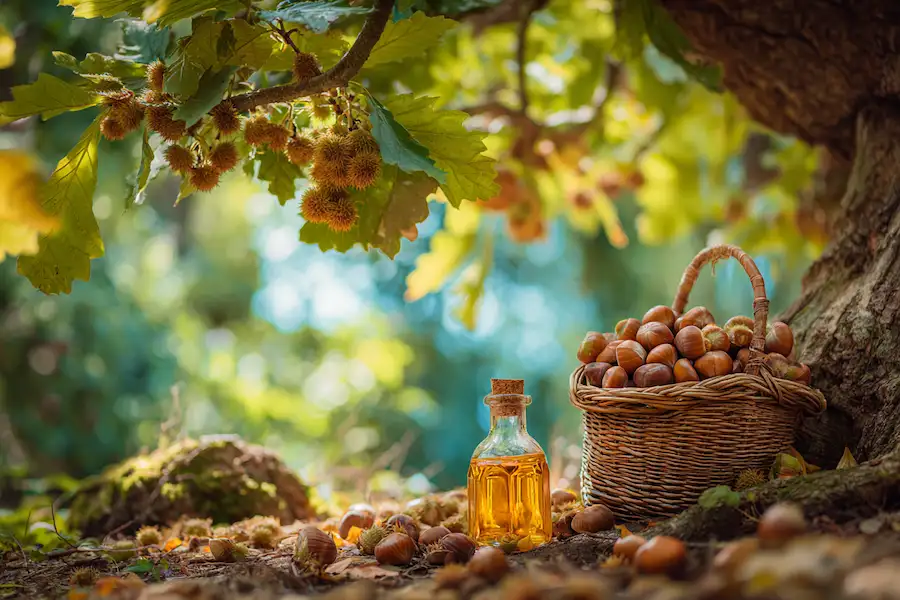
The Common Hazel is far more than a simple nut tree — it’s a complete healing plant. Every part of it, from the nut to the leaf, bark, and catkin, carries traditional benefits that can nourish the body, calm the skin, and renew vitality. Whether enjoyed as food, tea, or oil, hazel continues to prove why nature’s simplest trees are often the most generous.
News in the same category

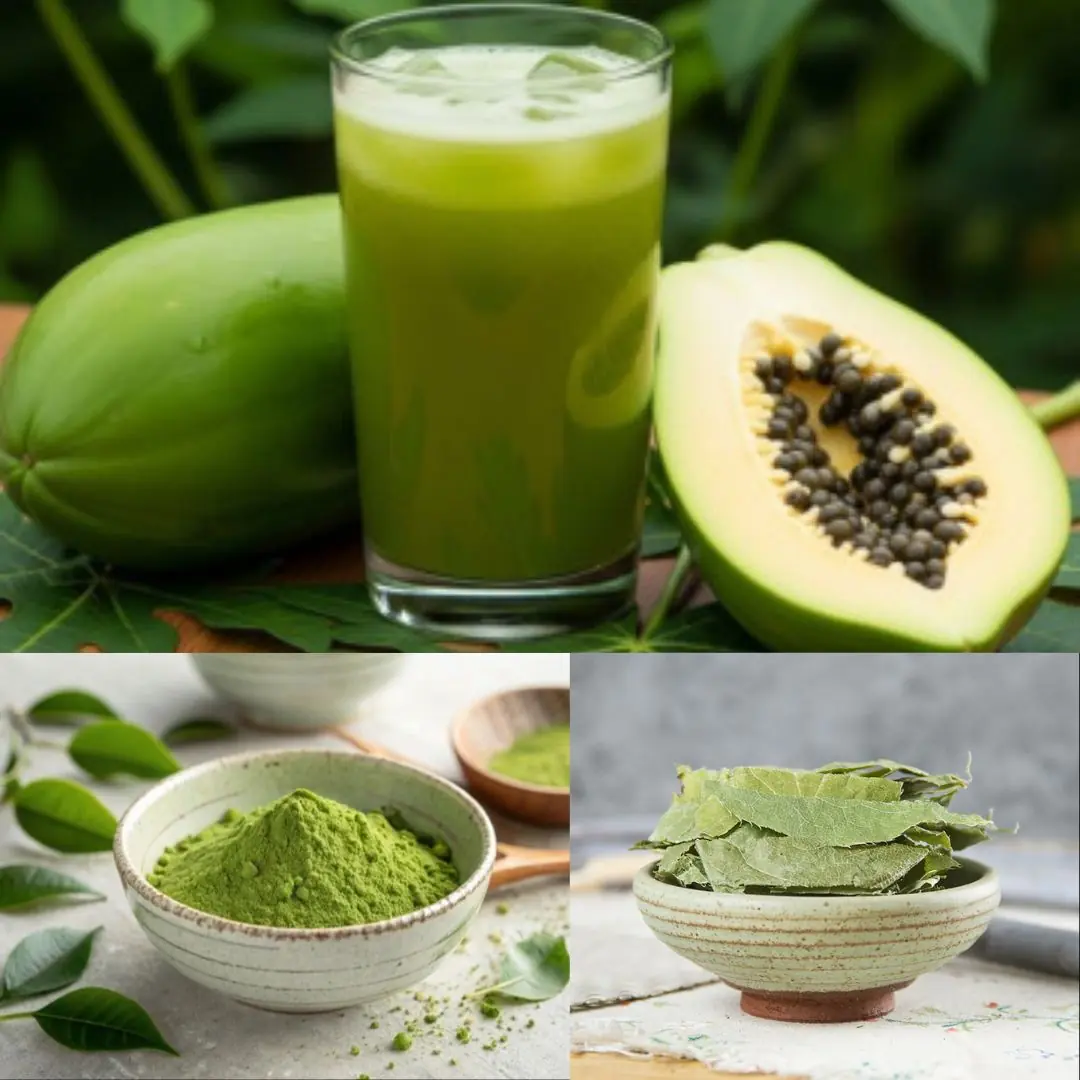
The Hidden Healing Power of Papaya Leaves
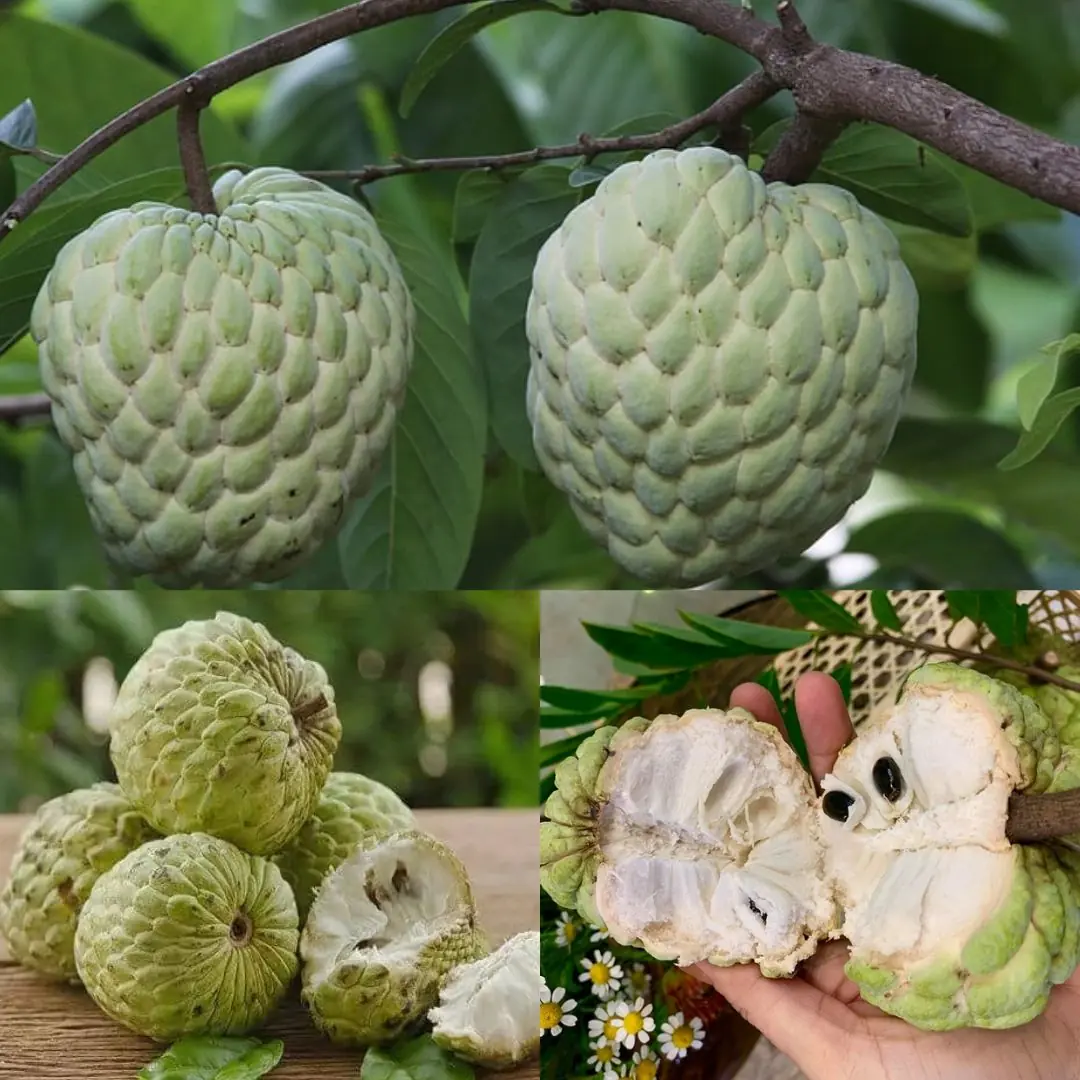
Sugar Apple (Annona squamosa): A Sweet Fruit with Powerful Health Benefits

25 Worrying Signs Your Body Is Trying to Warn You of Serious Health Problems (and What to Do About Them)
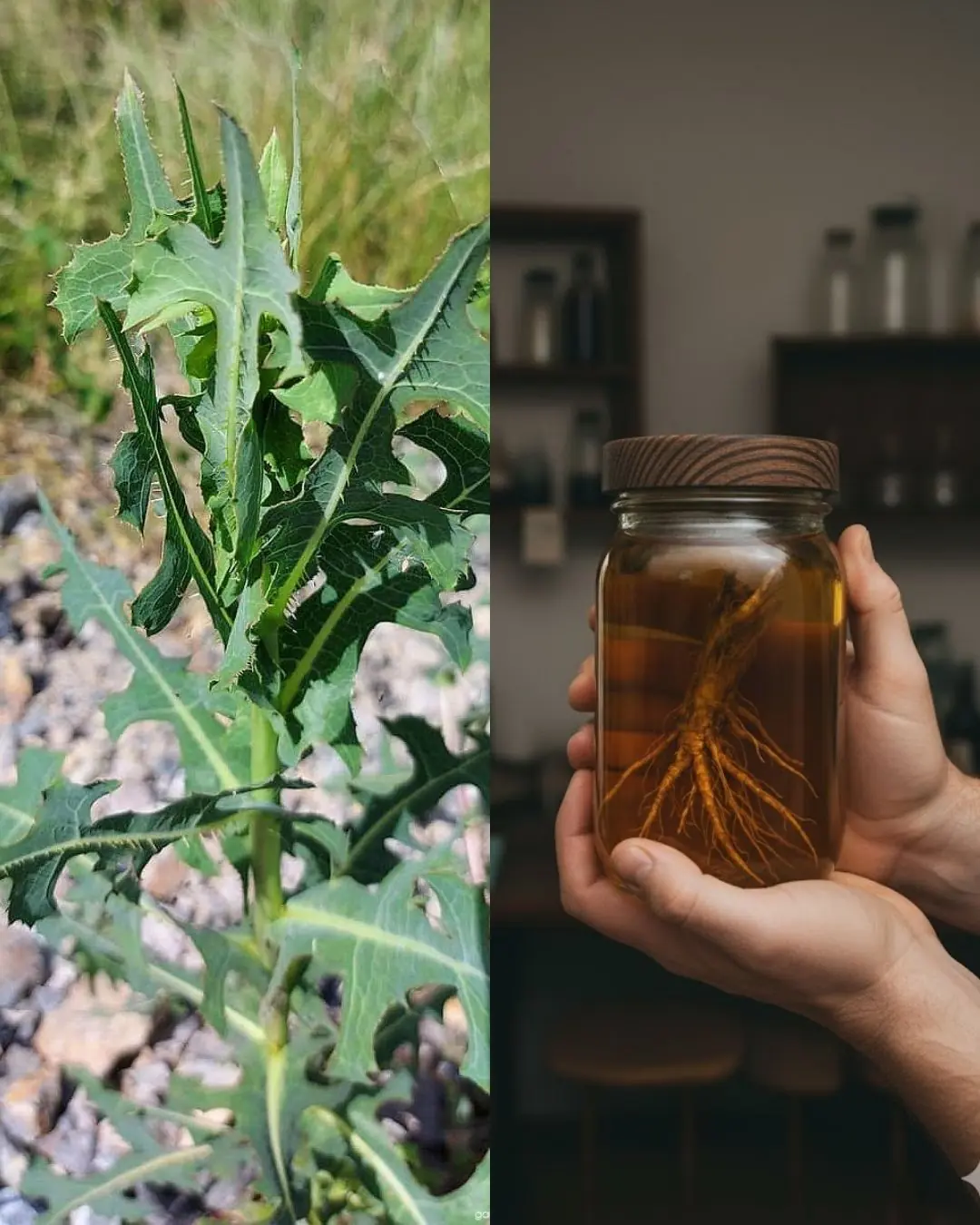
The Hidden Power of Lactuca serriola Root (Prickly Lettuce Root)
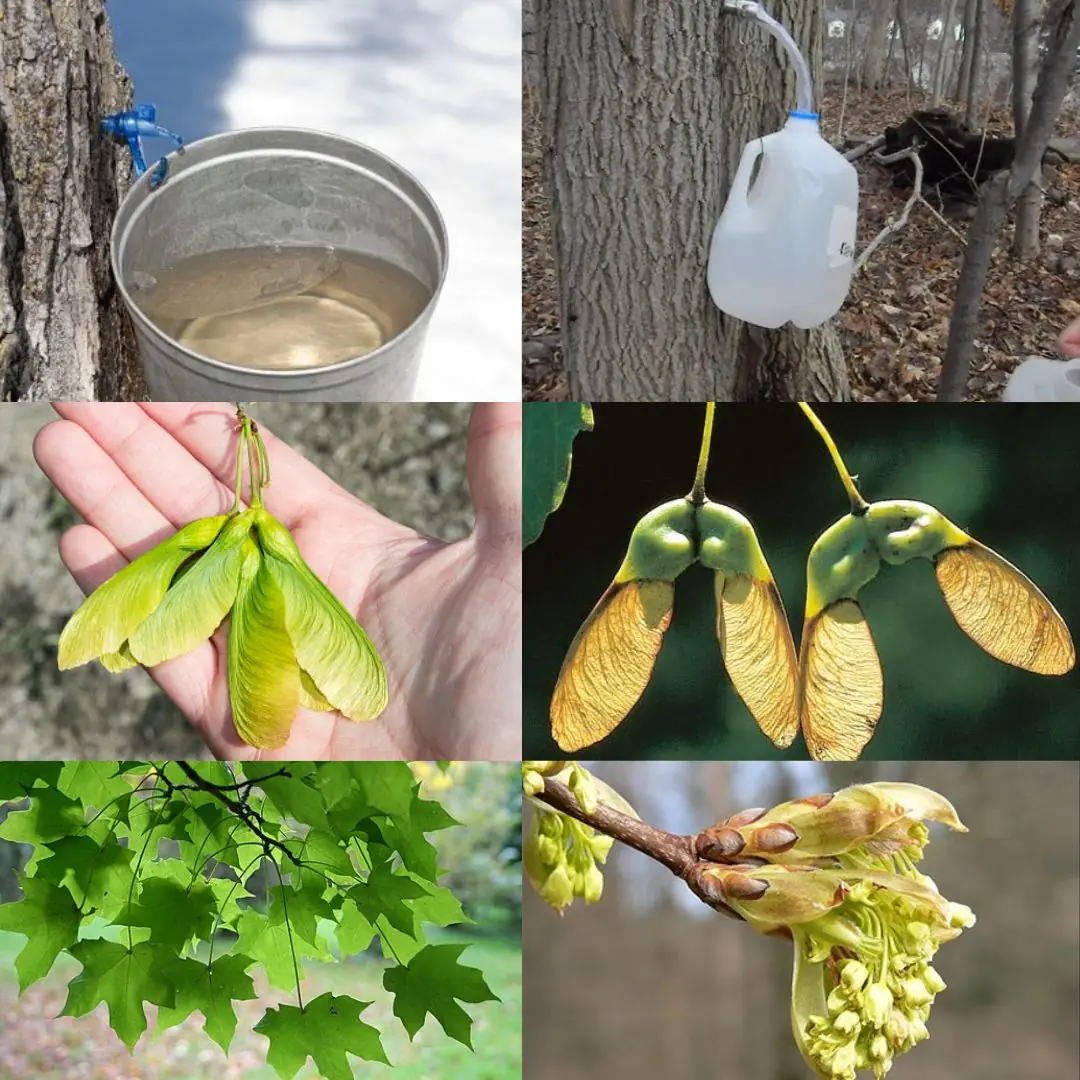
Maple Trees from Root to Crown: A Complete Guide to Every Edible Part
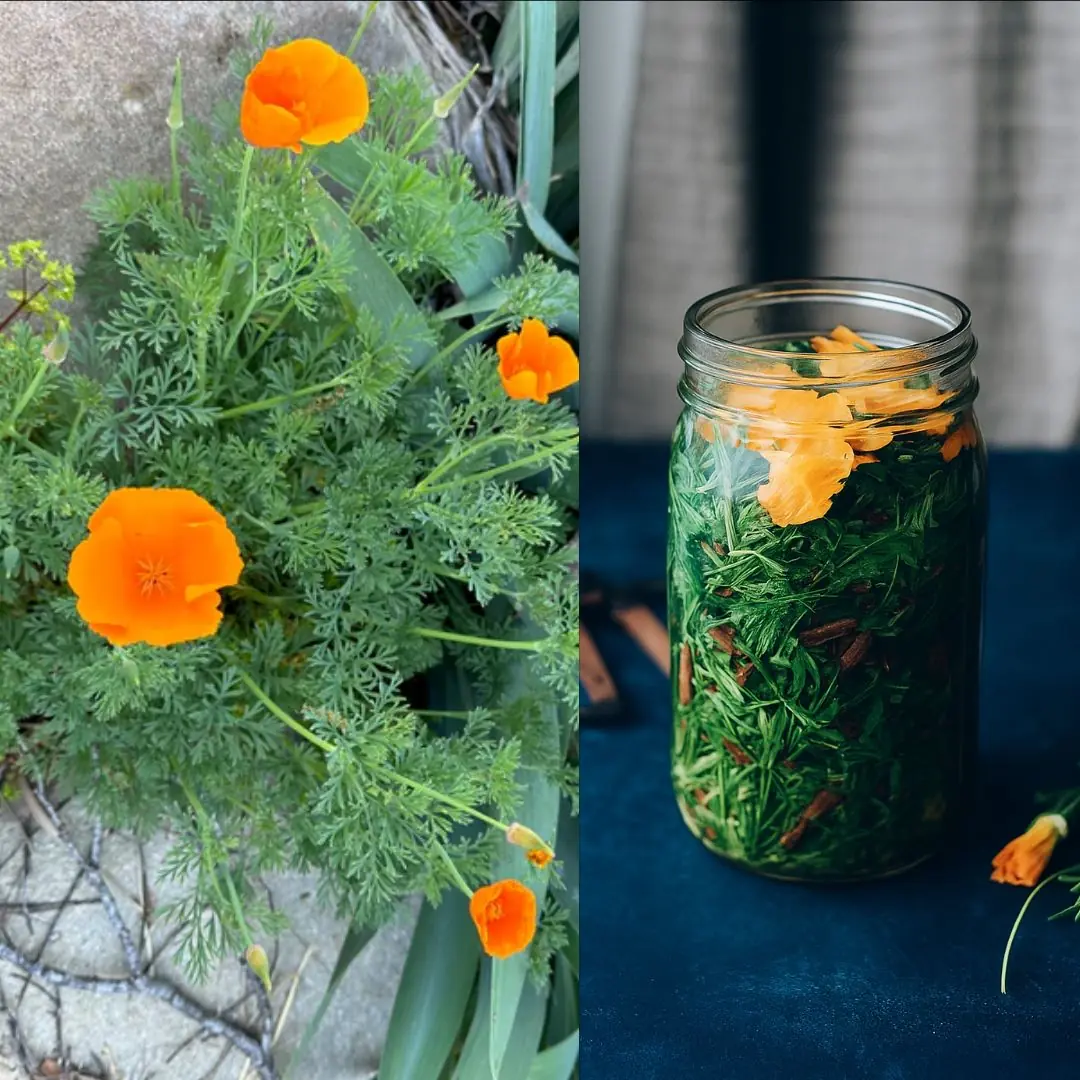
California Poppy: Nature’s Gentle Remedy for Relaxation and More
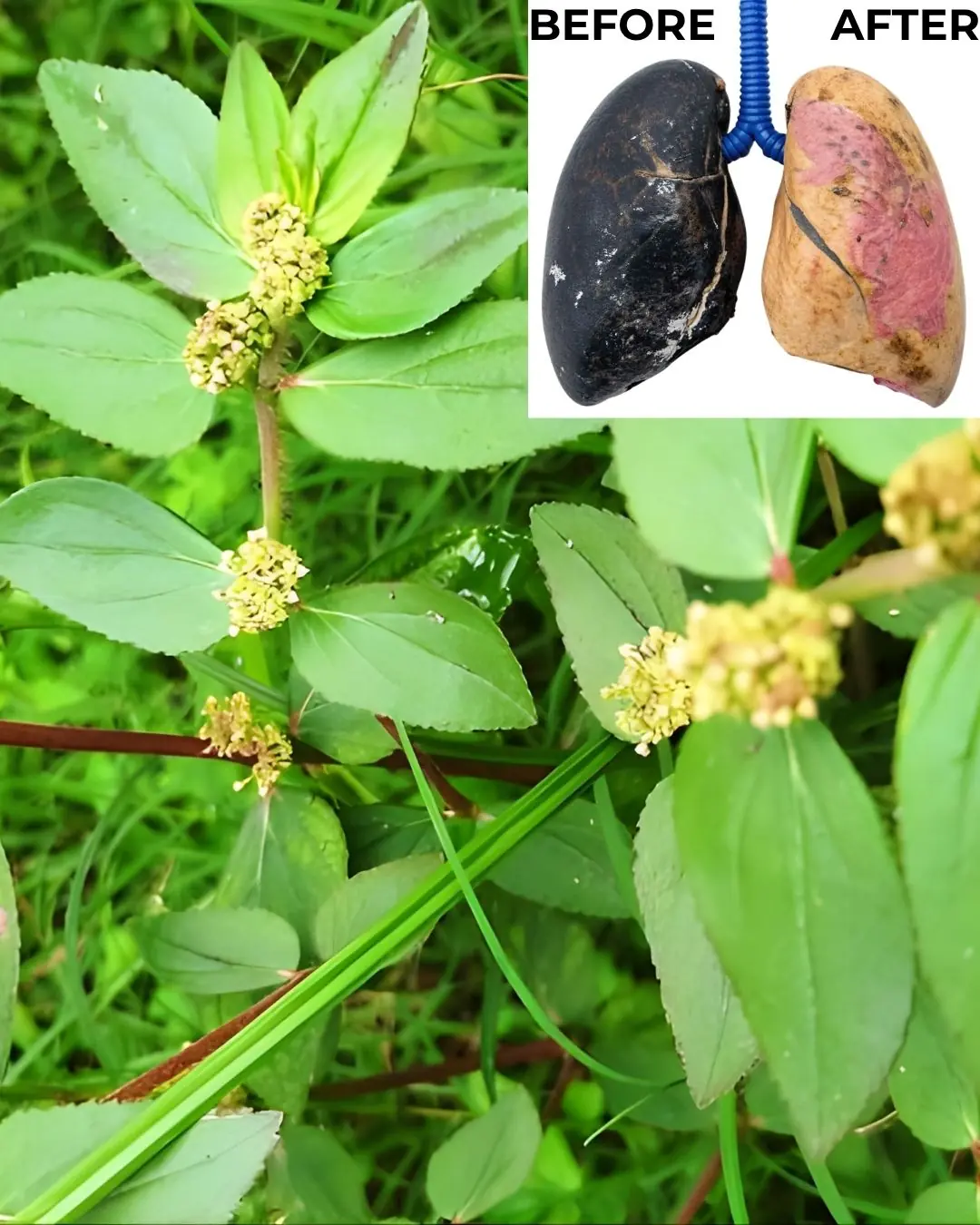
Euphorbia Hirta: 30 Benefits and How to Use It Safely
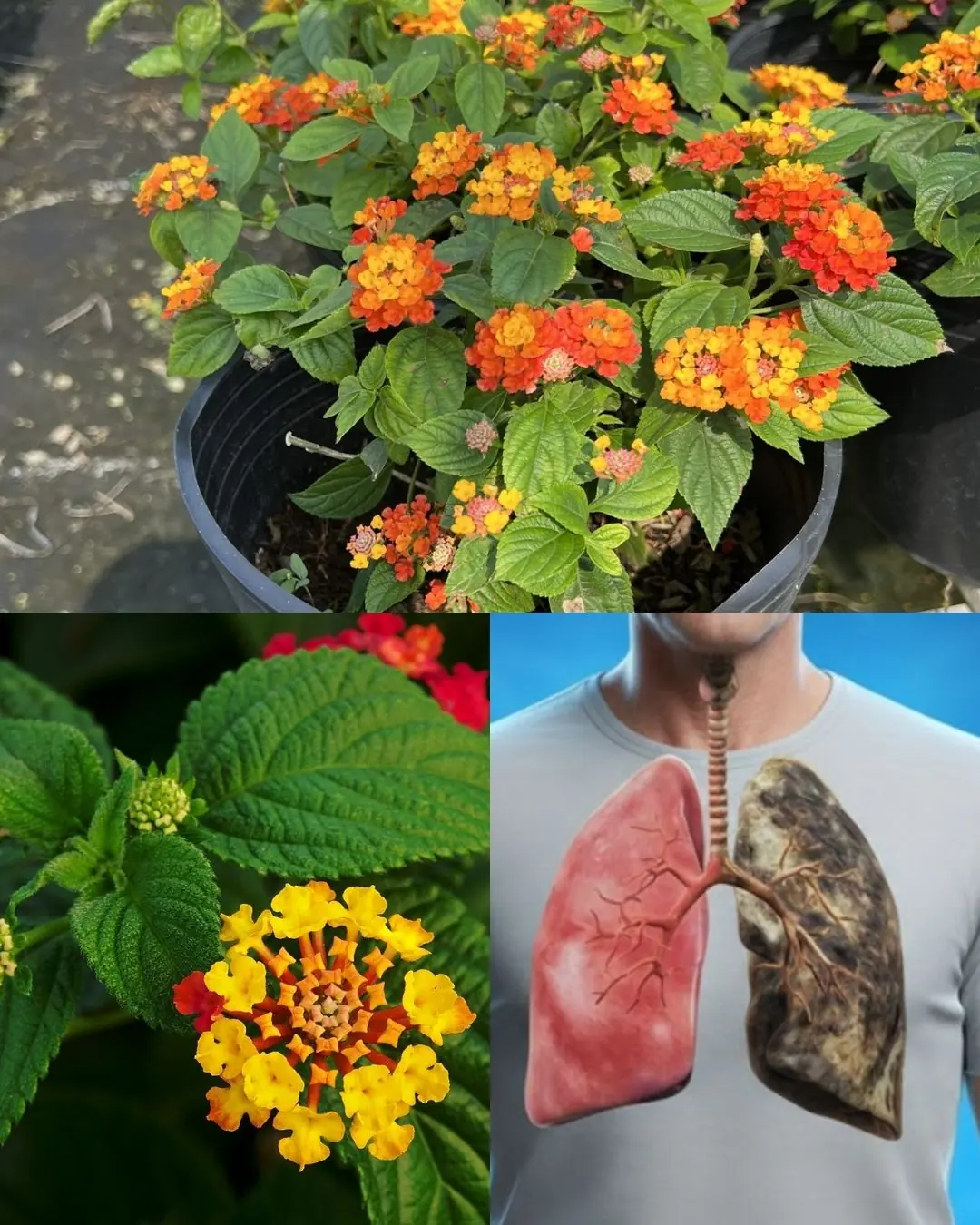
The Hidden Power of Common Lantana (Lantana camara): What You Can Safely Do with It at Home
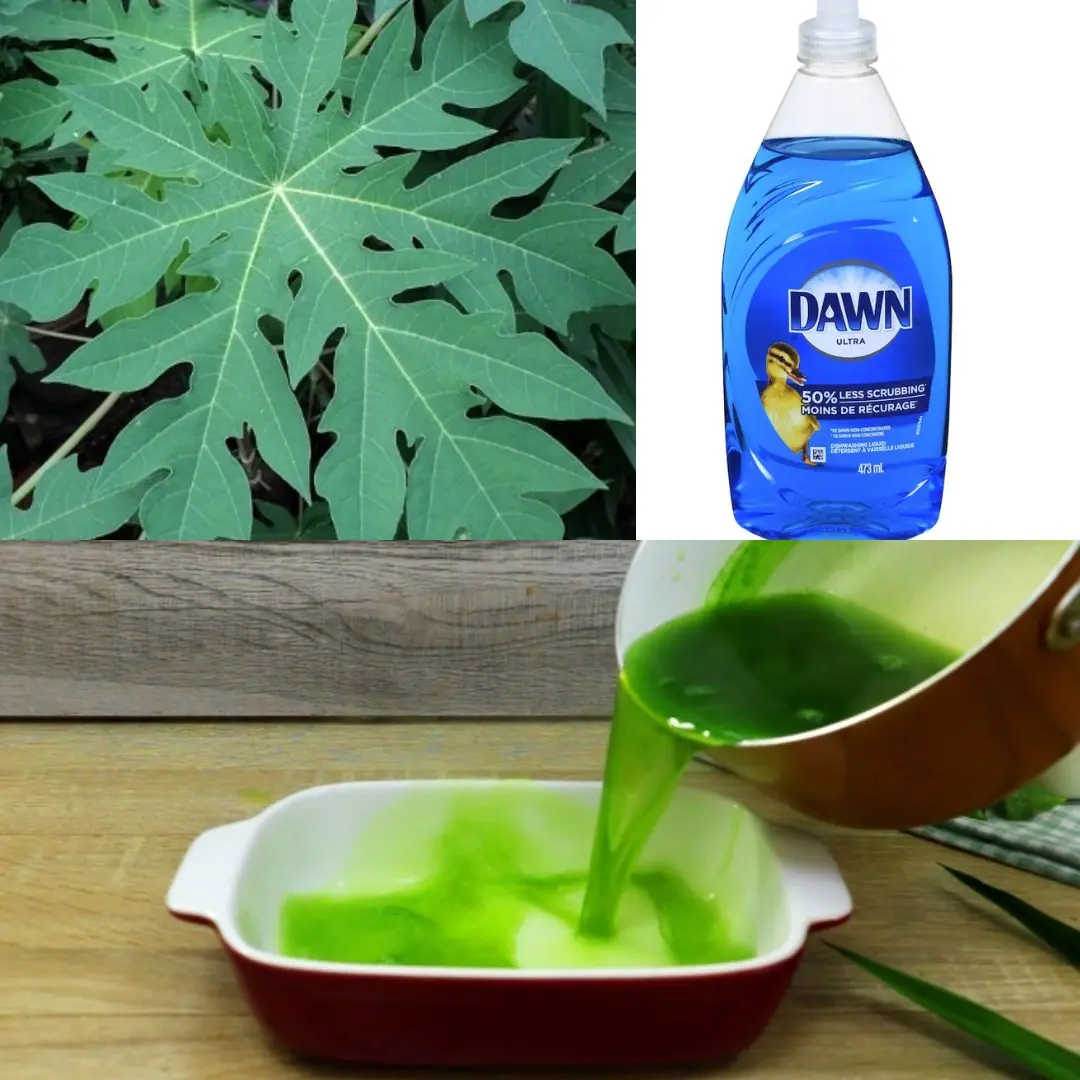
Turn Papaya Leaves Into a Powerful Homemade Detergent
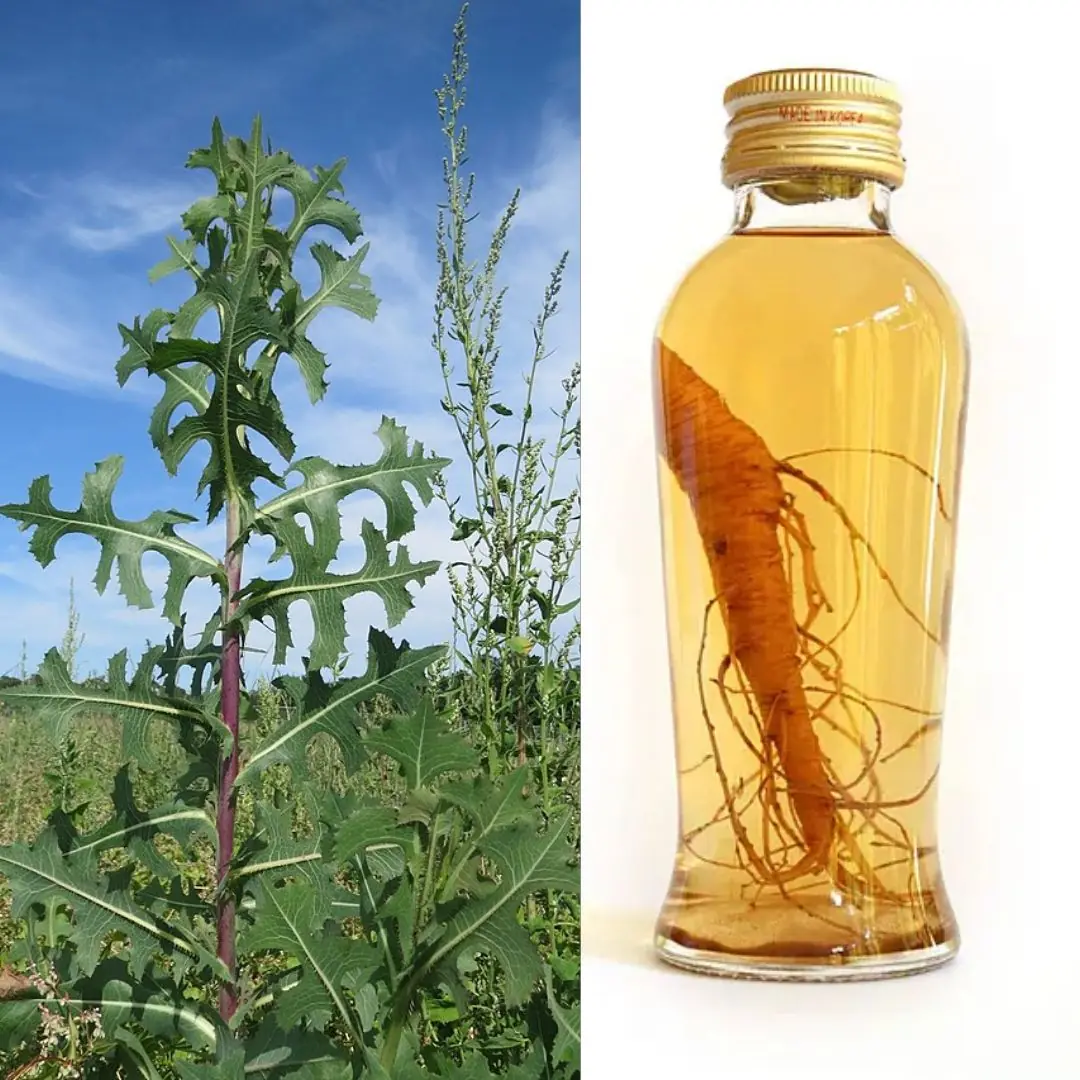
Wild Lettuce Root – Benefits, Uses, and Natural Pain Relief Properties
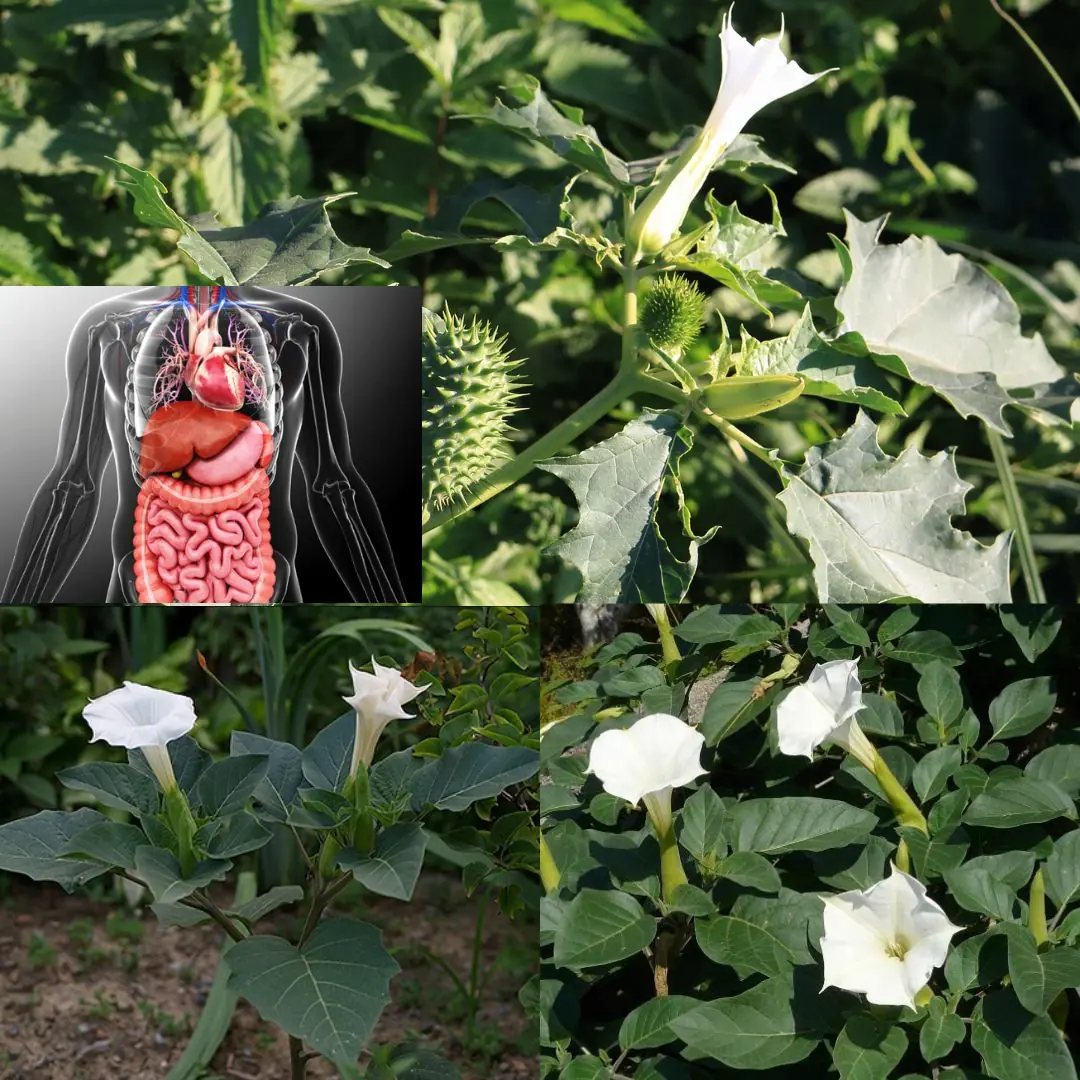
The Datura Genus: Why You Should Keep Your Distance from These Toxic Plants
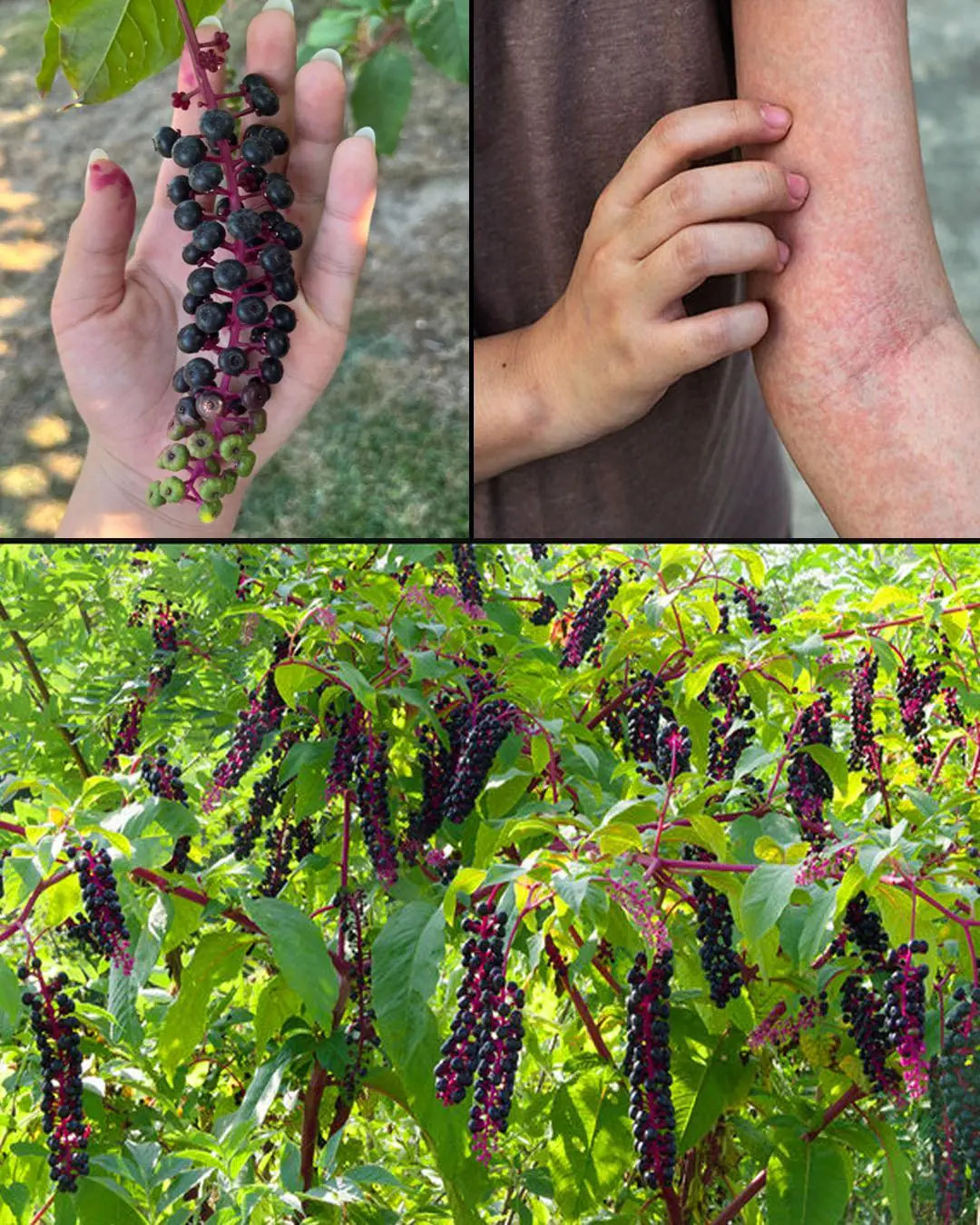
Pokeweed: The Attractive but Highly Toxic Plant Growing in Your Backyard
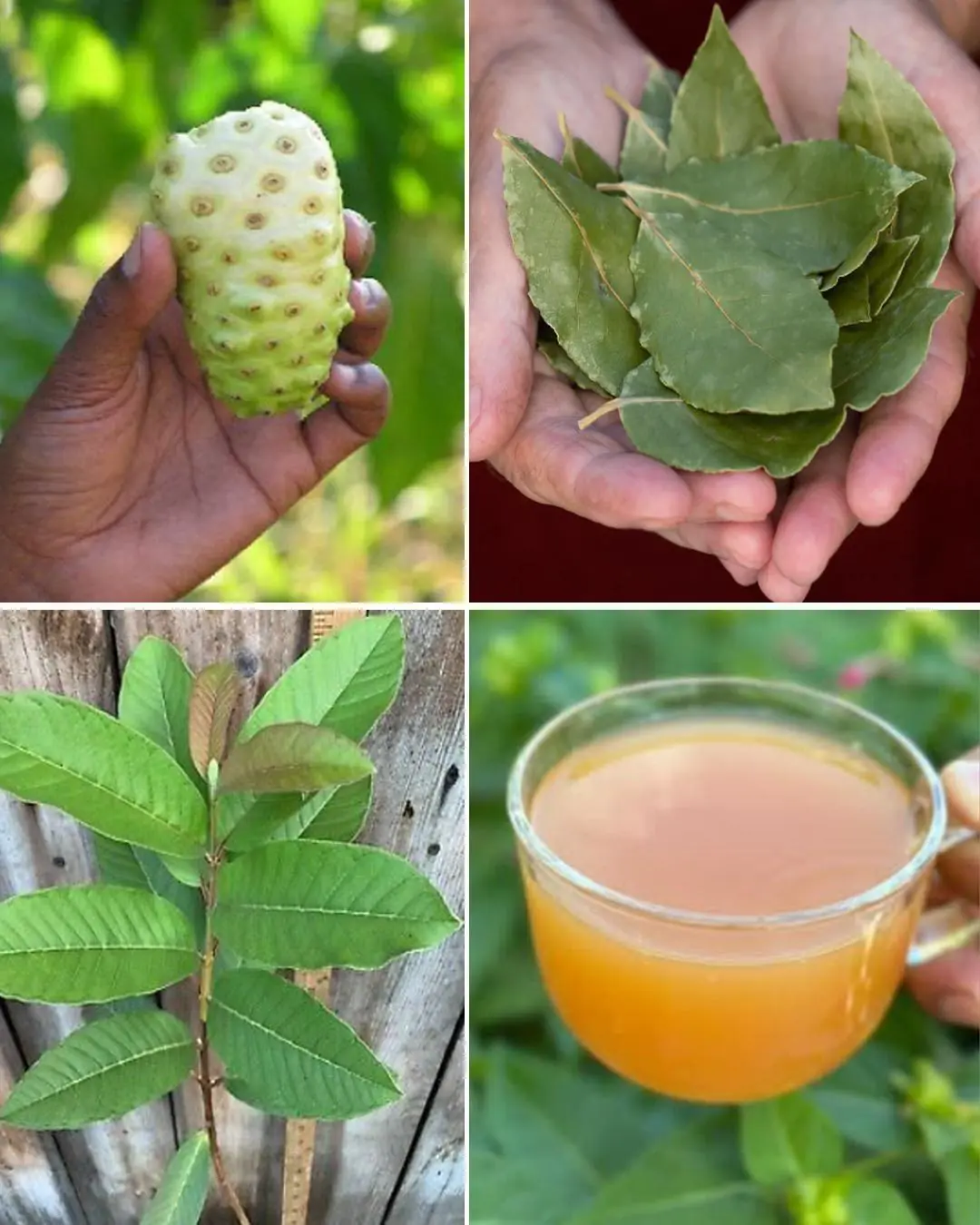
The Ultimate Healing Tonic: A Powerful Drink to Combat Swollen Feet, Diabetes and Poor Circulation
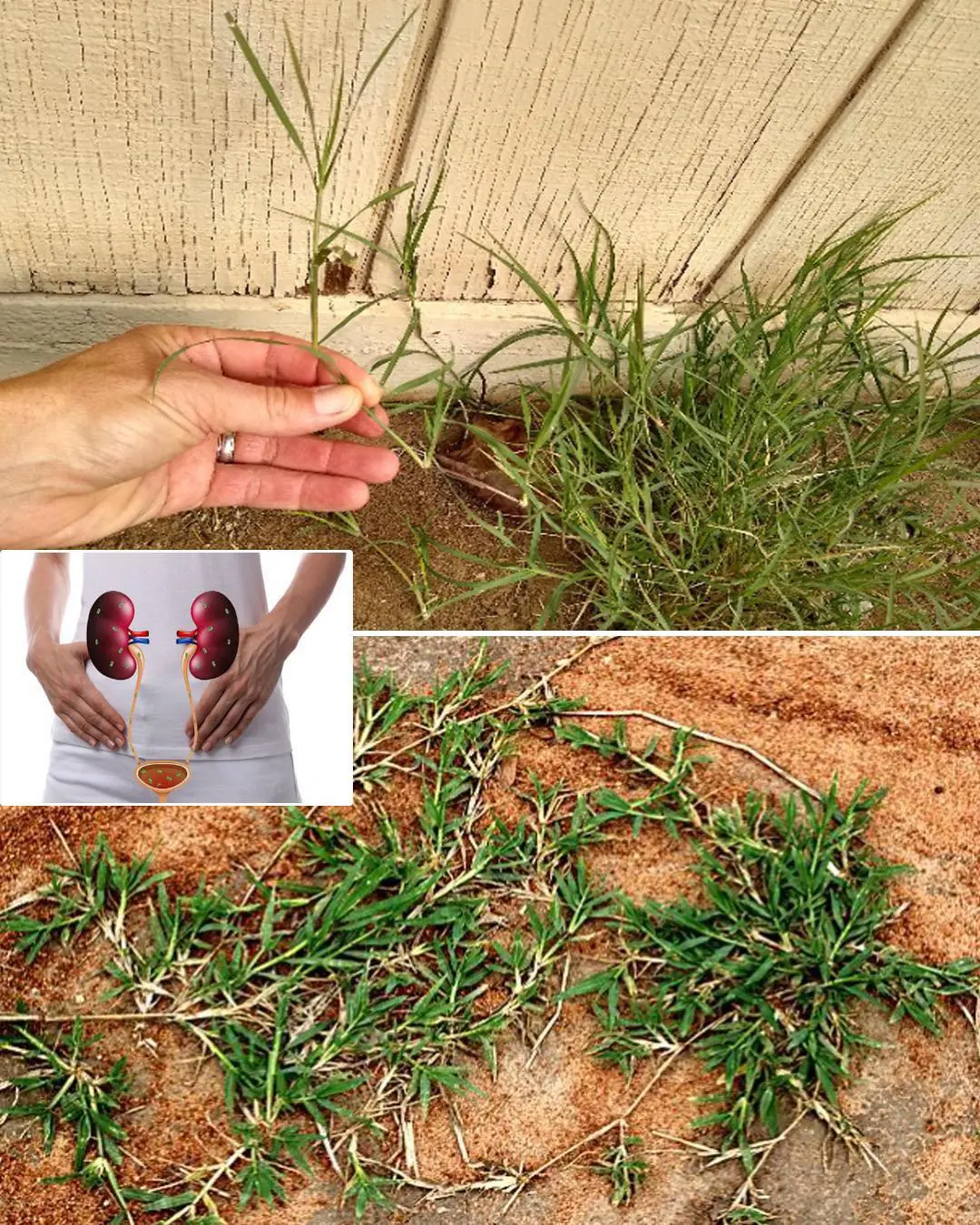
Cynodon dactylon (Bermuda Grass): Benefits and Uses
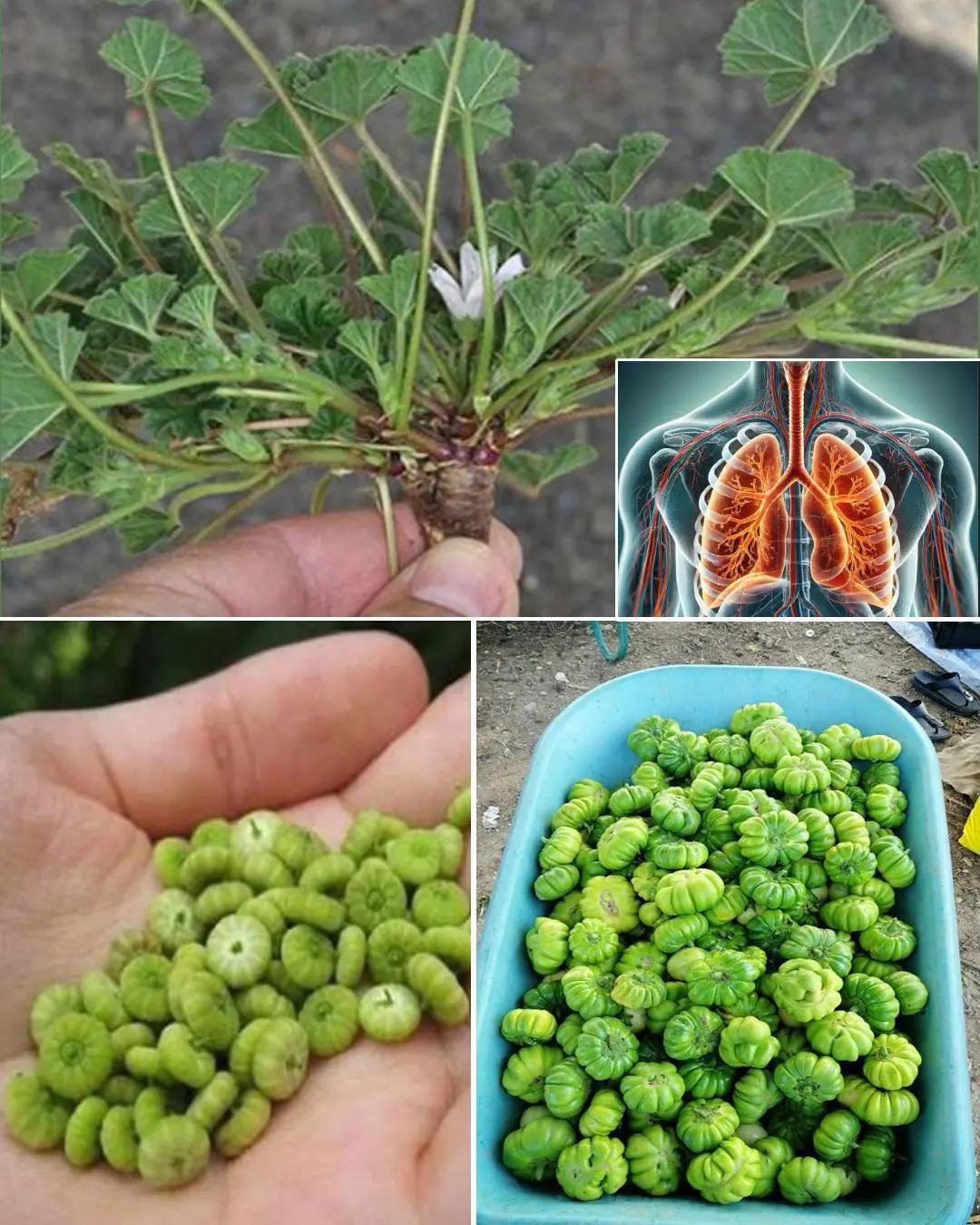
Exploring the Health Benefits of Common Mallow: A Nutritional Powerhouse
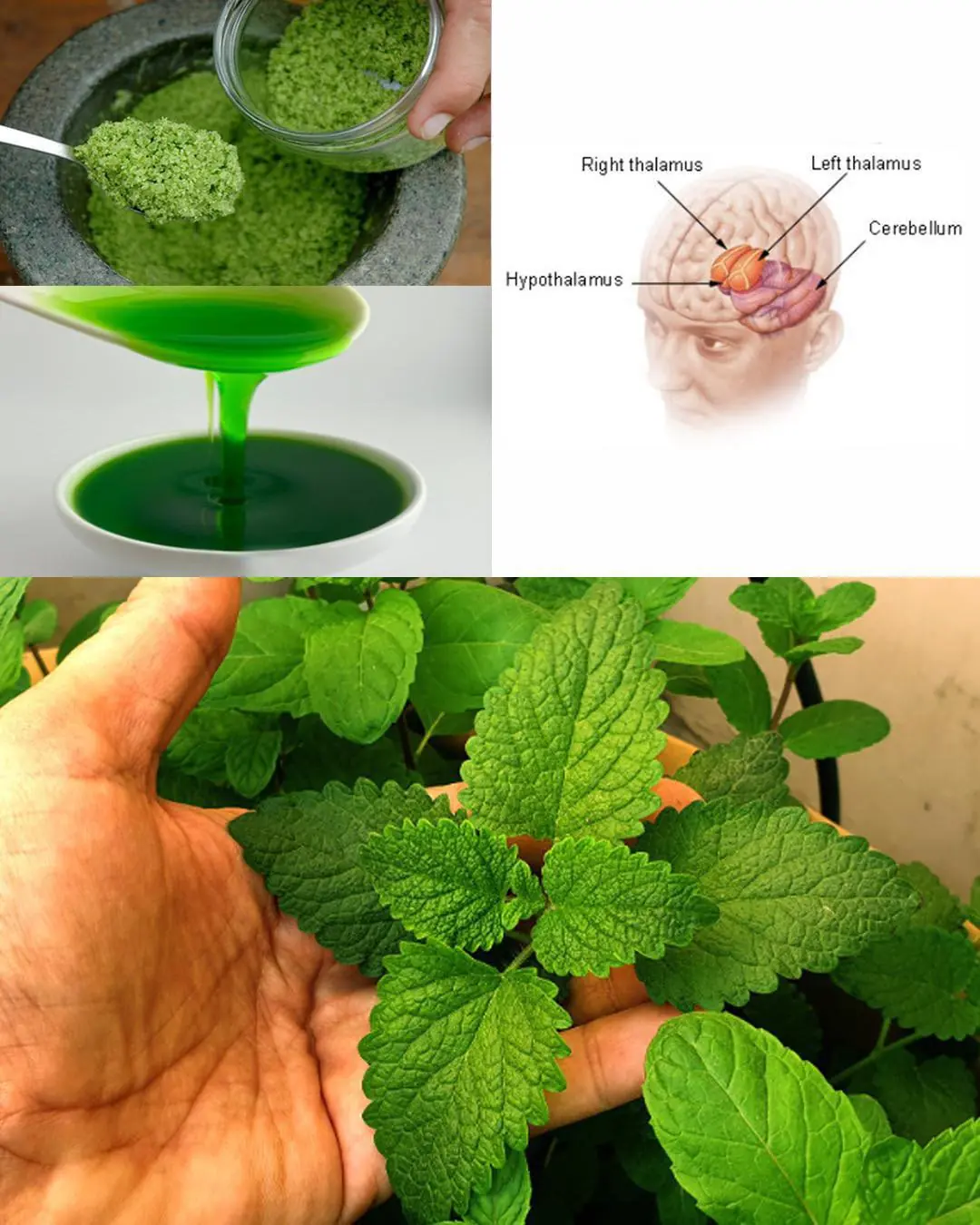
Mint: The Miracle Herb for Health, Healing, and Refreshment
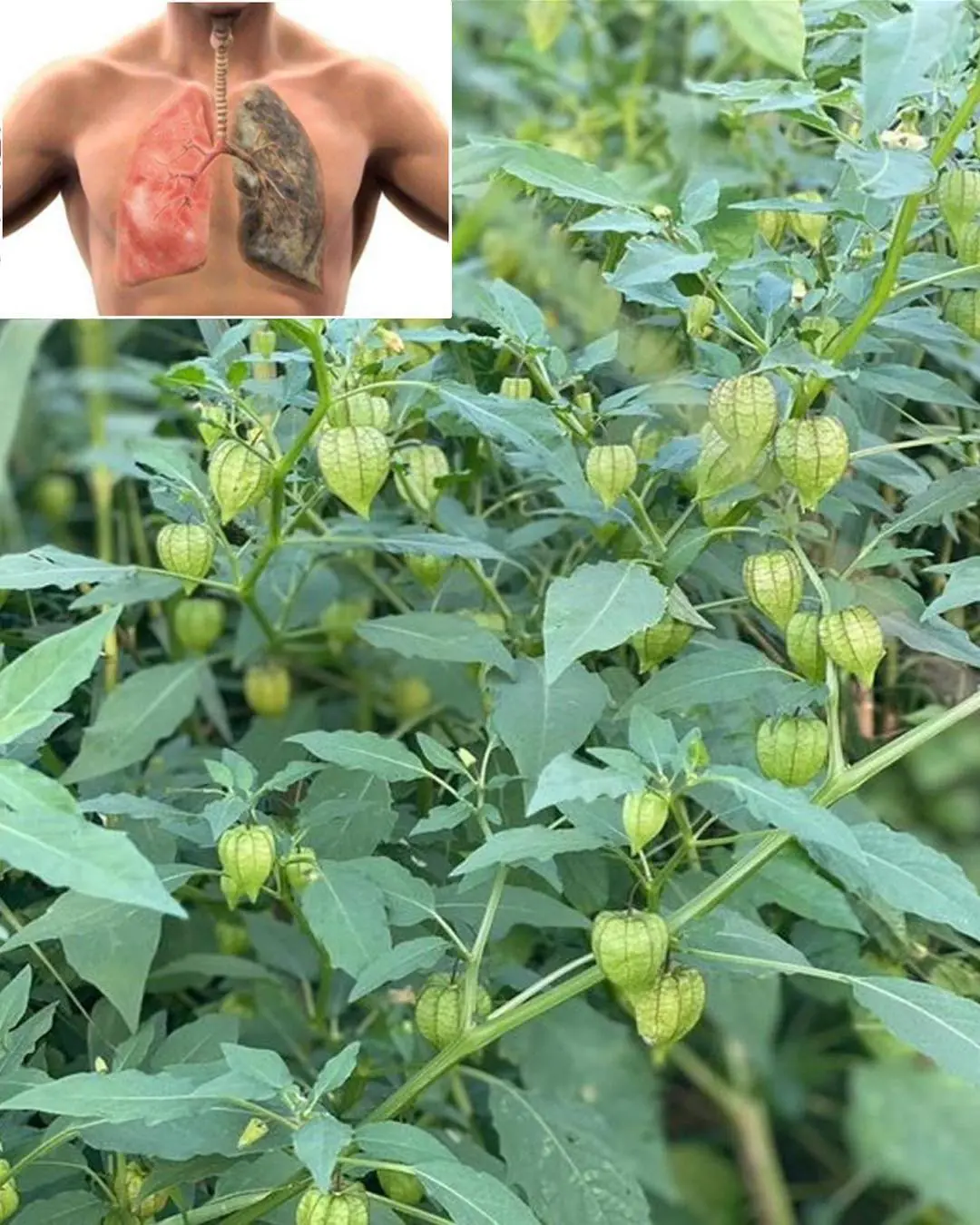
Goldenberries (Physalis peruviana): A Nutrient-Packed Powerhouse for Health and Vision
News Post

The Powerful Health Benefits of Papaya Seeds: Why You Should Include Them in Your Diet
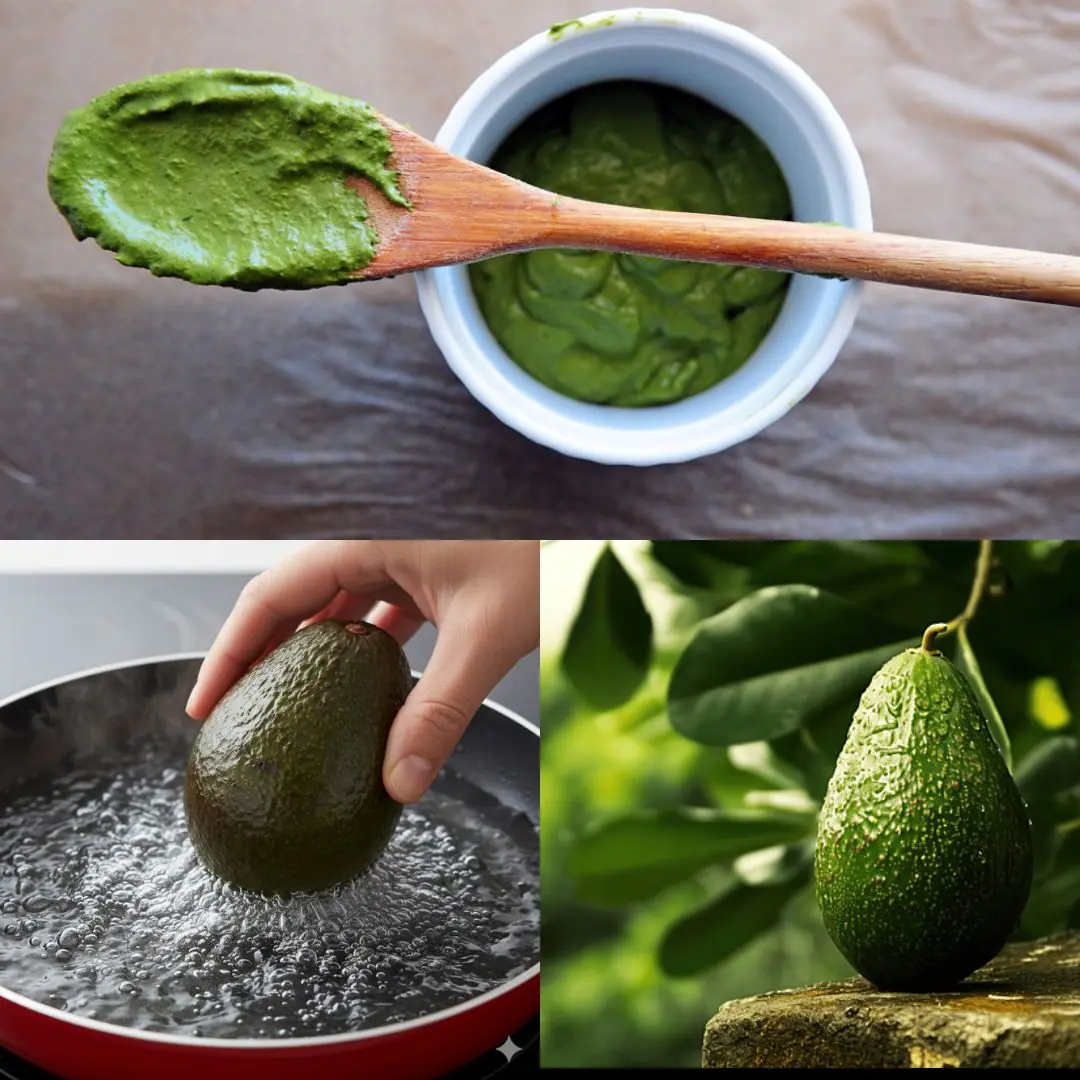
Boiling a Whole Avocado: The Secret to Softness, Nutrition, and a Delicious Baked Recipe

The Hidden Healing Power of Papaya Leaves

Sugar Apple (Annona squamosa): A Sweet Fruit with Powerful Health Benefits

If you find a centipede at home, here is what it means...

Why We Feel That Little Electric Sh0ck When We Touch Another Person—Science Explains

If a Man Doesn’t Appreciate You, Here’s What You Should Do

25 Worrying Signs Your Body Is Trying to Warn You of Serious Health Problems (and What to Do About Them)

The Hidden Power of Lactuca serriola Root (Prickly Lettuce Root)

Why You Should Stop Waking Up to Urinate

4 types of vegetables are full of parasites but many people still eat them raw every day

Hidden Dangers in Your Mouth: Early Signs of Oral Cancer

Maple Trees from Root to Crown: A Complete Guide to Every Edible Part

7 Signs of Arthritis You Shouldn't Ignore

California Poppy: Nature’s Gentle Remedy for Relaxation and More

What is its purpose. see details

When a woman stops loving a man, she begins…

5 hygiene mistakes that many people make... but no one dares to talk about...
